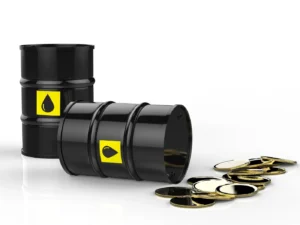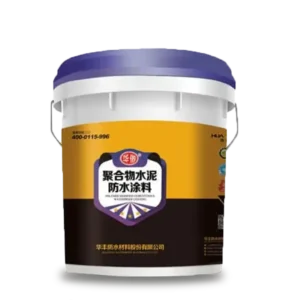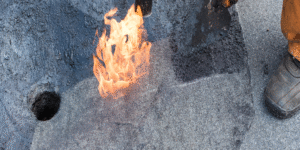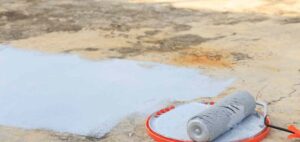Introduction
In construction, waterproof materials storage and application present unique challenges during the winter months. Below-freezing temperatures, moisture, and frost can have a negative impact on product performance as well as installation Pu quality. There are special procedures that need to be followed in order to avoid failures or expensive reworks due to poor workmanship in winter construction.
1. Storage Tips for Waterproof Materials in Winter
1.1 Keep Indoors at Recommended Temperatures
Products such as bitumen membranes, coatings, and sealants store best between 5°C to 40°C. Ensuring waterproof materials maintain indoor heated environments helps preserve their viscosity.
1.2 Avoid Freezing Conditions
Liquid waterproofing membranes or polymer-modified asphalts are prone to damage if exposed to freezing temperatures. Make sure containers are sealed tight from direct frost exposure.
1.3 Protect from Moisture
Early material degradation can arise from humidity-affected condensation inside units, particularly in temperature-controlled rooms These materials should be stored on pallets above ground level and covered with tarps when needed.
1.4 First-In, First-Out (FIFO) Method
Due to aging susceptibility during cold weather, ensure older inventory is utilized first avoids expiry issues within the stock during winter months.
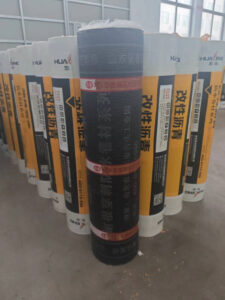
2. Precautions During Winter Construction
2.1 Surface Preparation is Critical
Make sure that the surface has no water or ice residues before applying waterproof materials. Remaining moisture can cause the materials to peel off in the future due to poor bonding.
2.2 Monitor Weather Conditions
Avoid working in temperatures below the product’s minimum application temperature (usually around 5°C). Installation during rain or snow can negatively affect curing and bond formation.
2.3 Use Winter-Grade or Low-Temperature Formulations
Some suppliers offer waterproof membranes and adhesives specifically formulated for cold weather applications. Check with your supplier if they have winter-grade options available.
2.4 Extended Curing Time
Because of lower temperatures, chemical reactions occur more slowly, requiring longer drying and curing times for liquid sealants or coatings. Always follow other manufacturer’s instructions for winter conditions.
2.5 Use Heated Equipment if Necessary
For torch-applied membranes or coatings, pre-warming the material or using heating blankets and warm air blowers can improve workability and bonding.
3. Safety Reminders
-
Always follow safety regulations when using heating devices during construction.
-
Ensure proper ventilation in enclosed areas to prevent toxic fumes accumulation.
-
Workers should wear cold-weather protective gear to reduce exposure-related risks.
Conclusion
While winter may be challenging, it is possible to continue construction work provided appropriate plans are made ahead of time as well as regarding material storage and construction methods tailored to cold conditions will enhance their performance even in extreme weather conditions—as long as you follow the technical data sheet on the items being used and changes accordingly..
For more information or to inquire about our waterproofing solutions and waterproof floor paint products, feel free to get in touch with us. We’re here to help!
- Phone: +86 138 6365 6701
- Email: Huafengwaterproof@gmail.com
- WhatsApp: +86 138 6365 6701
We look forward to assisting you with all your waterproofing needs!

